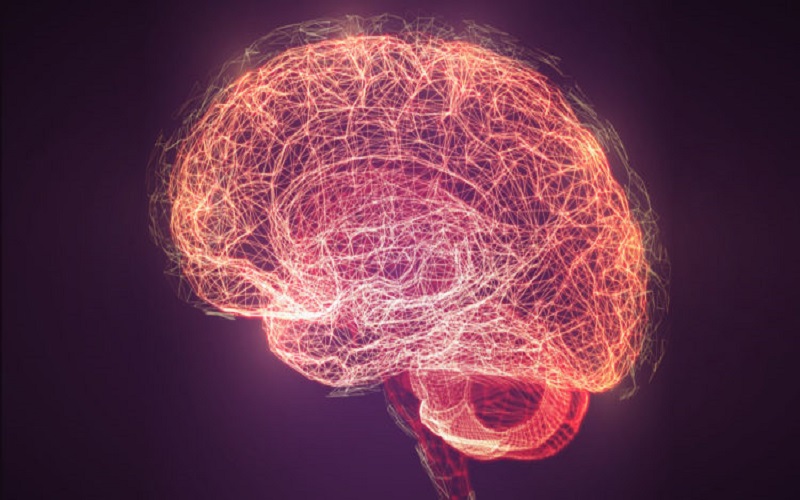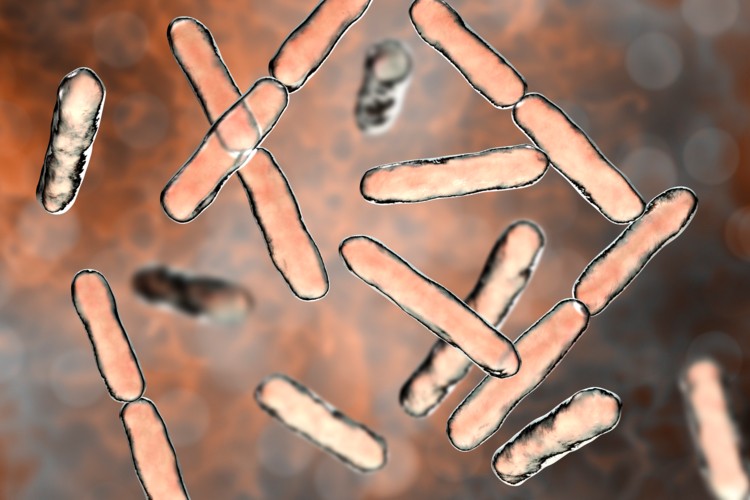Researchers from the University of California, San Diego, announce that they have created the largest and most precise “atlas” ever created to study the human brain. This groundbreaking work provides in-depth information on the nature and internal workings of more than 3,300 kinds of brain cells, some of which were not previously known to the scientific community. This vast-scale study has resulted in 21 new research articles, each of which focuses on a distinct part of the human brain.
The human brain: Understanding it
These amazing scientific breakthroughs were made possible by an extensive project led by the National Institutes of Health known as Brain Research through Advancing Innovative Neurotechnologies (BRAIN) Initiative Cell Census Network (BICCN).
The project was launched in 2017. This huge project is aimed at cataloging cells that are found in the brains of humans, mice, and non-human primates like monkeys. The focus is on neurons, which are the primary cells in the nerve system. They enable the transmission of information via electrical and chemical signals. They also focus on non-neuronal neurons that are essential to the control of the brain’s environment.
Non-neuronal cells are cells called glia, which carry out many essential tasks. They support structural stability by ensuring the strength of brain tissues, supplying nutrients to neurons, and providing protection for them. Furthermore, glial cells control the functions of neurons in particular by modulating their transmission of signals.
To remind you, the adult human brain is home to 8 billion neurons and 84 billion non-neuronal neurons.
A new window
In this latest study, researchers employed two of the most cutting-edge techniques utilized in animal research to date: epigenomy and transcriptomy.
The first goal is to build an inventory of all the RNA that is present in each cell, which is an essential molecule in genetics that plays an important function in the making of proteins as well as performing a variety of biological functions. Epigenomics, in turn, lets us study the chemical markers above DNA that regulate how genes are activated and disabled.
The study included information from a variety of and even billions of brain cells, which cover various stages of development, from childhood through adulthood. The brains of nonhuman primates, like macaques, uistitis, chimpanzees, and gorillas, have also been examined. This method allowed direct comparisons between neural structures that belong to humans as well as nonhuman primates, showing that even though many kinds of cells are common among species, the patterns of genetic activity differ significantly.
That is to say, how the cells work and interact is quite different between monkeys and humans, even though there are some basic similarities in cellular functions.
“It’s not only an atlas,” said Ed Lein, an expert in neuroscience working at the Allen Institute for Brain Science. “This is really opening an entirely new field of study where you are now able to study the brains of different species with a very high resolution in cellular detail, which was not feasible previously.”
It’s only the beginning
This cutting-edge research will contribute to an understanding of the complex human brain and the development of it in relation to those of other primates, while also providing important insights into how the brain functions and develops.
Although the atlas of the human brain created through this research project is a groundbreaking breakthrough, it’s only in its early stages. Researchers are contemplating continuing their research to study the role of the brain cells that have been discovered, a lot of which are located deep within the brain in places like the brain’s stem.
The primary goal for the near future is to determine how the genetic activities of the various cells could be a factor in neurodegenerative disorders. This research may help reveal the fundamental mechanisms behind neurological disorders, such as Parkinson’s disease, Alzheimer’s disease, and various other disorders, creating new prevention and treatment strategies.




